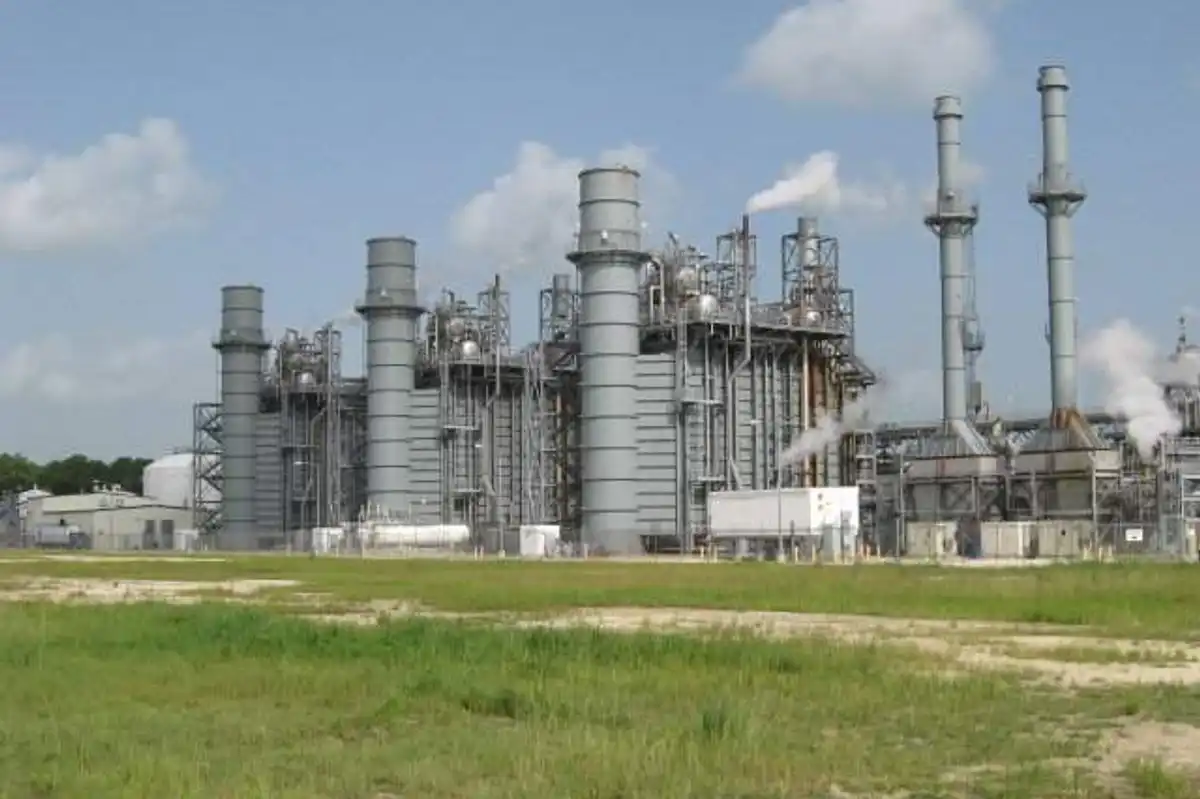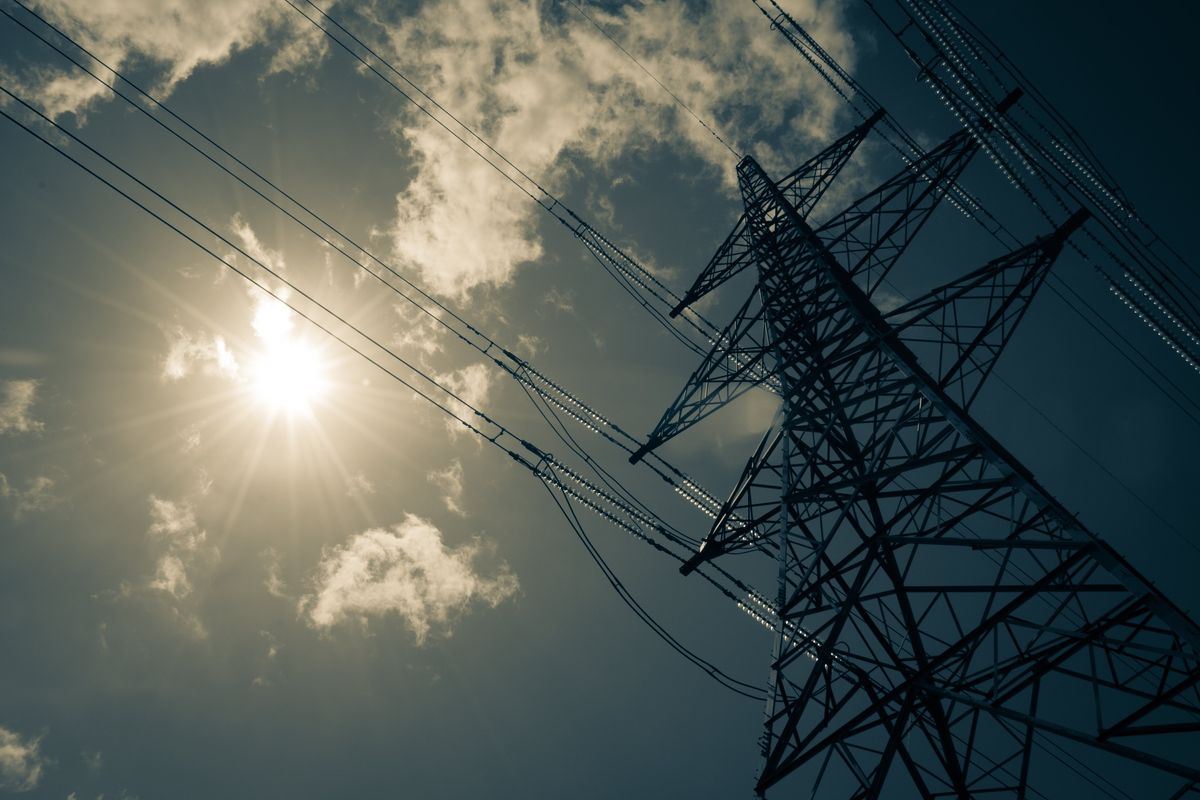Microsoft's Texas data centers to be powered by carbon-free energy
seeing green
Microsoft has made a deal with a French energy company that will help the tech giant to reach 100 percent carbon-free energy in its Texas data centers by 2030.
ENGIE Energy Marketing announced this week that its reached an agreement with Microsoft "to provide renewable energy to cover the consumption of select Microsoft data centers in Texas." The terms of the deal were not disclosed.
“Microsoft continues to be a leader in the market for corporate renewable energy procurement and a key alliance for ENGIE in the Net Zero energy transition,” Ken Robinson, ENGIE's president and CEO, says in the news release. ” We are proud to help them achieve their ambitions, where many other companies continue to struggle. Our goal is to grow our 24×7 hourly carbon-free matching program in key markets with electricity generated from zero carbon energy sources including wind and solar.”
The tech giant has announced its plans to reach its goal of 100 percent of electricity consumption, 100 percent of the time by 2030.
ENGIE, which is headquartered in Paris but has employees based in Houston, provides energy supply solutions for companies ona decarbonization journey. It's suite of services includes asset management, risk management, and more.
“We are excited that this project has kicked off and will provide us meaningful insight into future hourly carbon free program design,” Microsoft General Manager, Renewables and Carbon Free Energy Adrian Anderson says in the statement. “We look forward to working with ENGIE to meet our 100/100/0 goals.”











